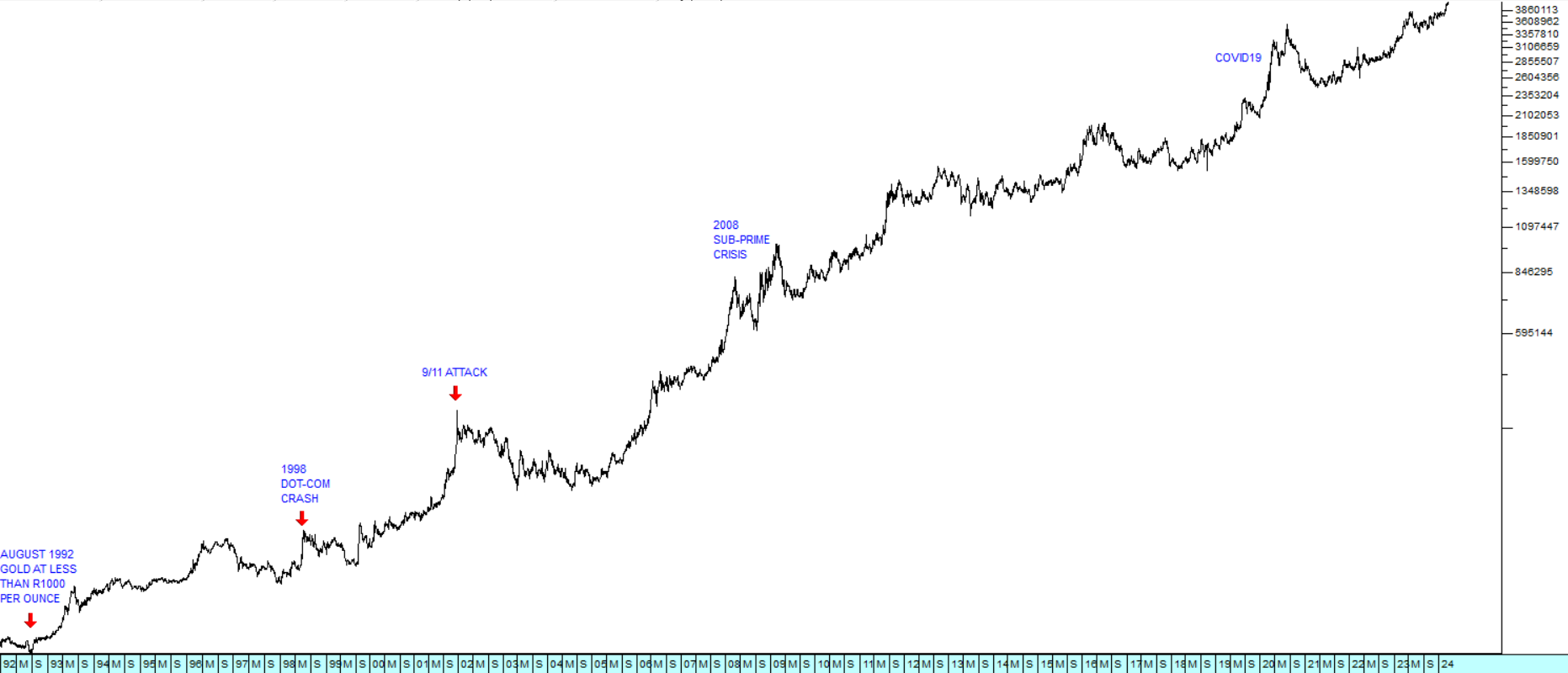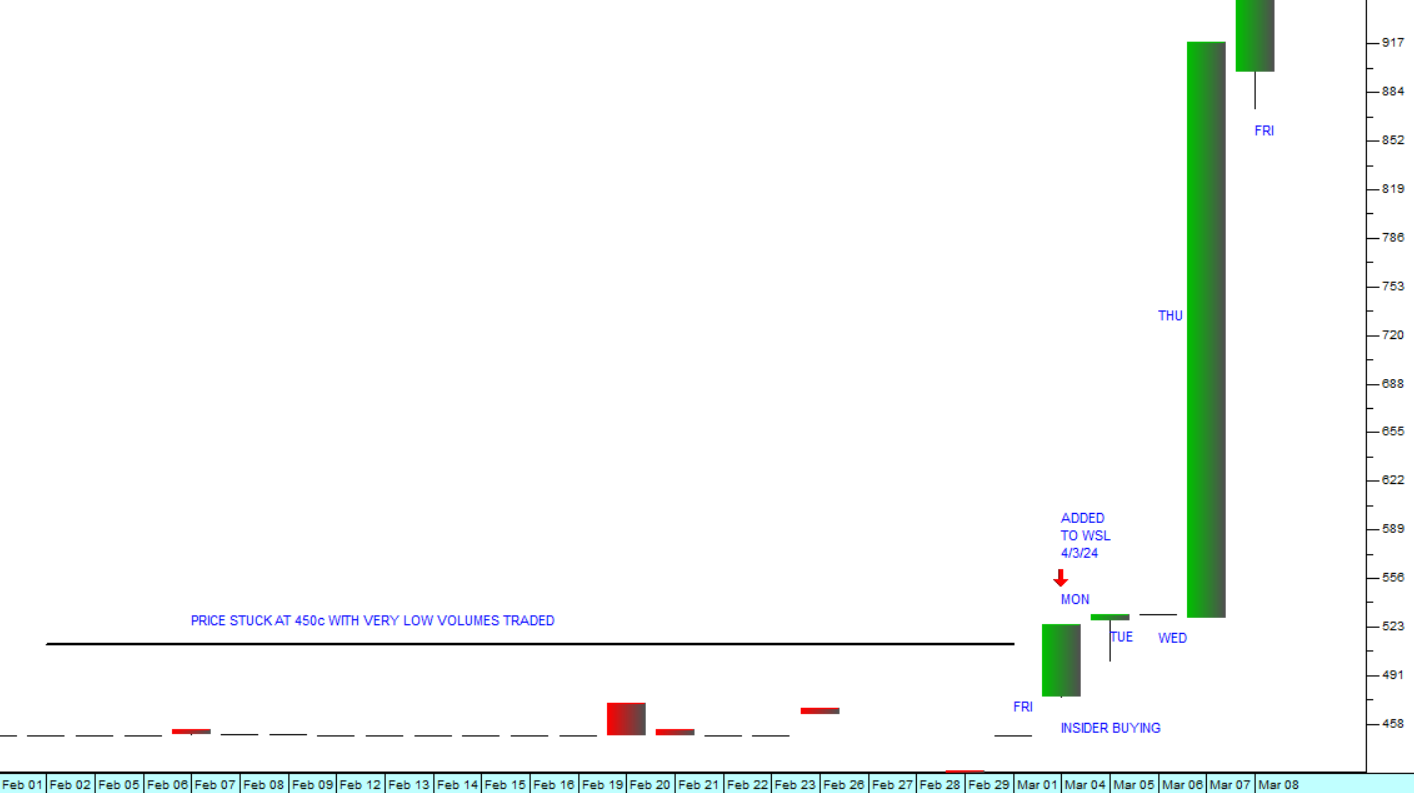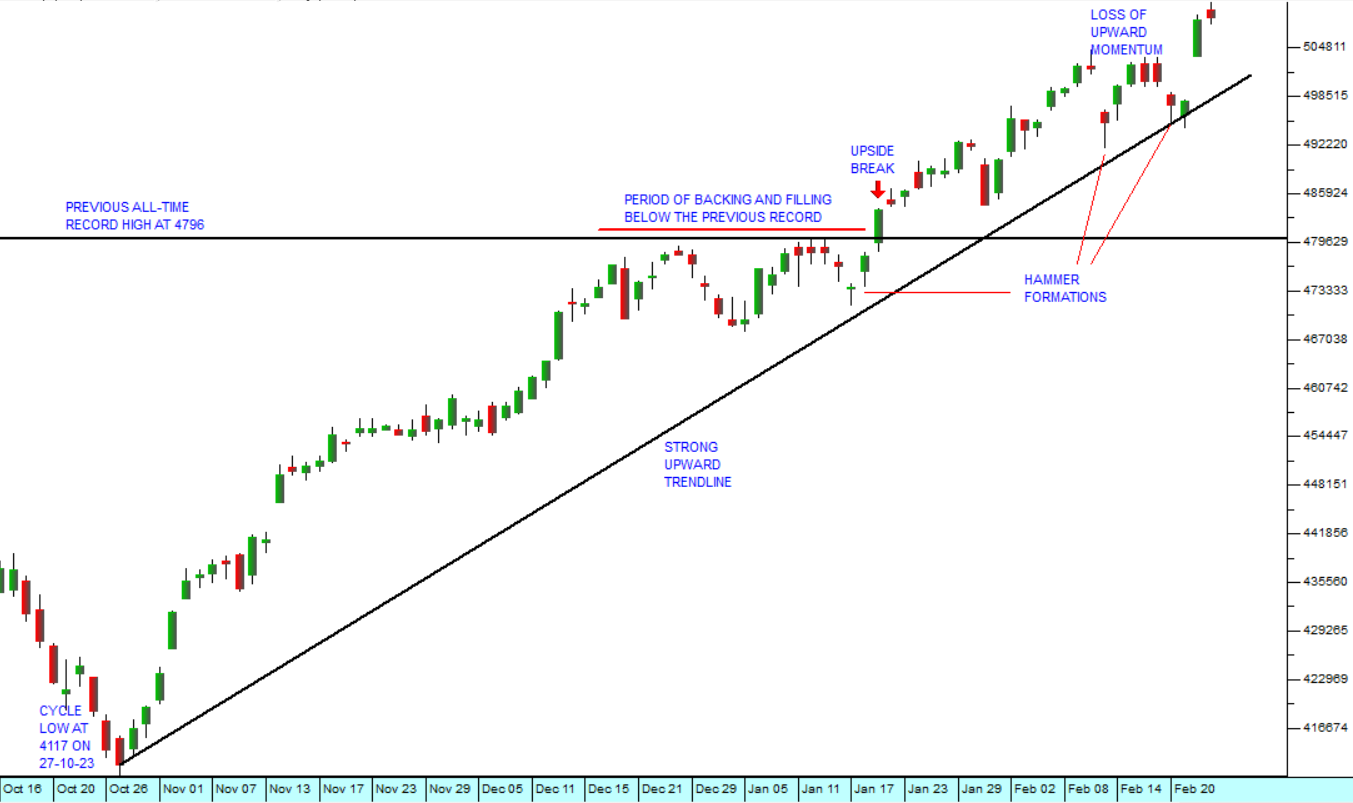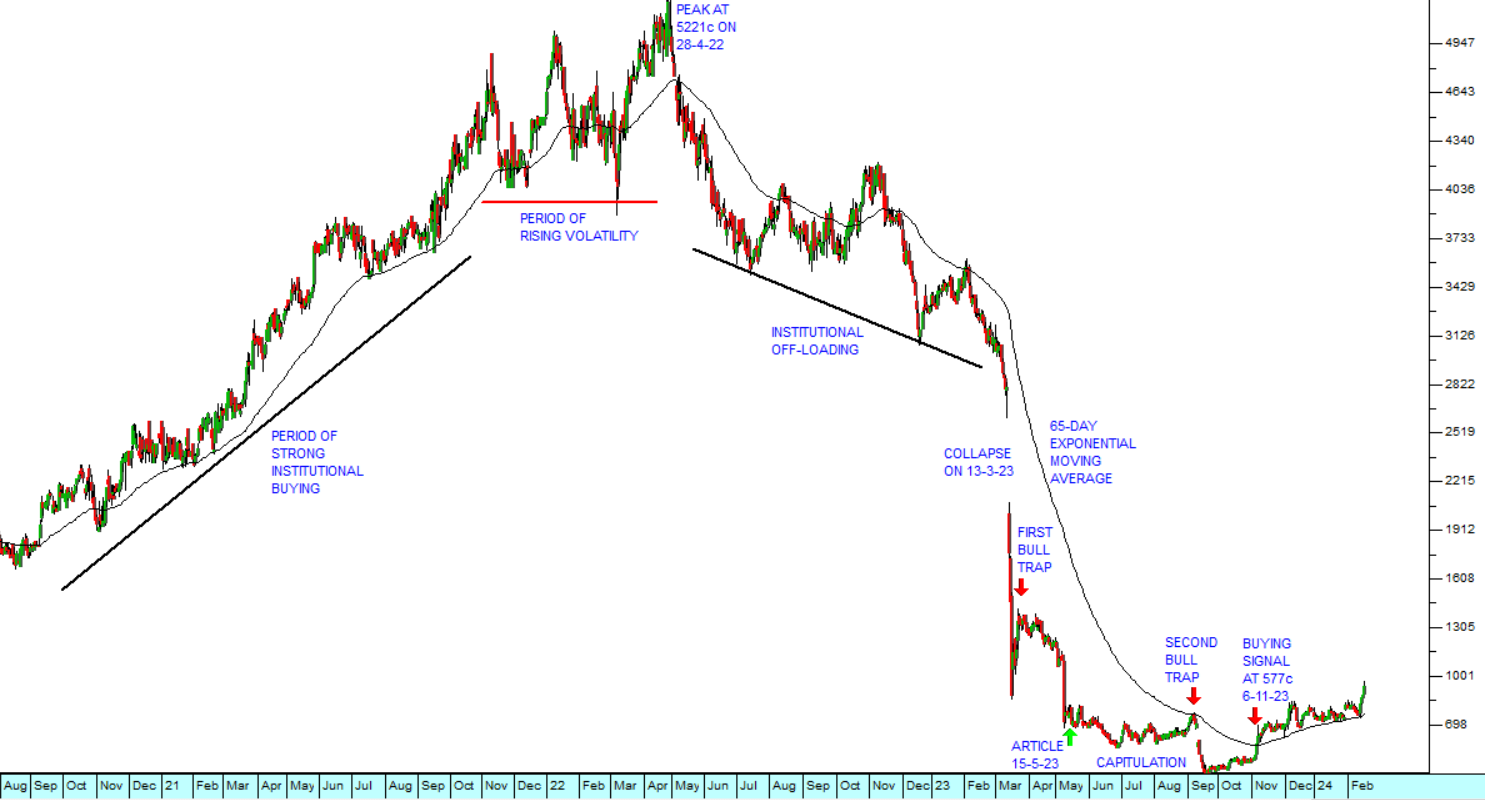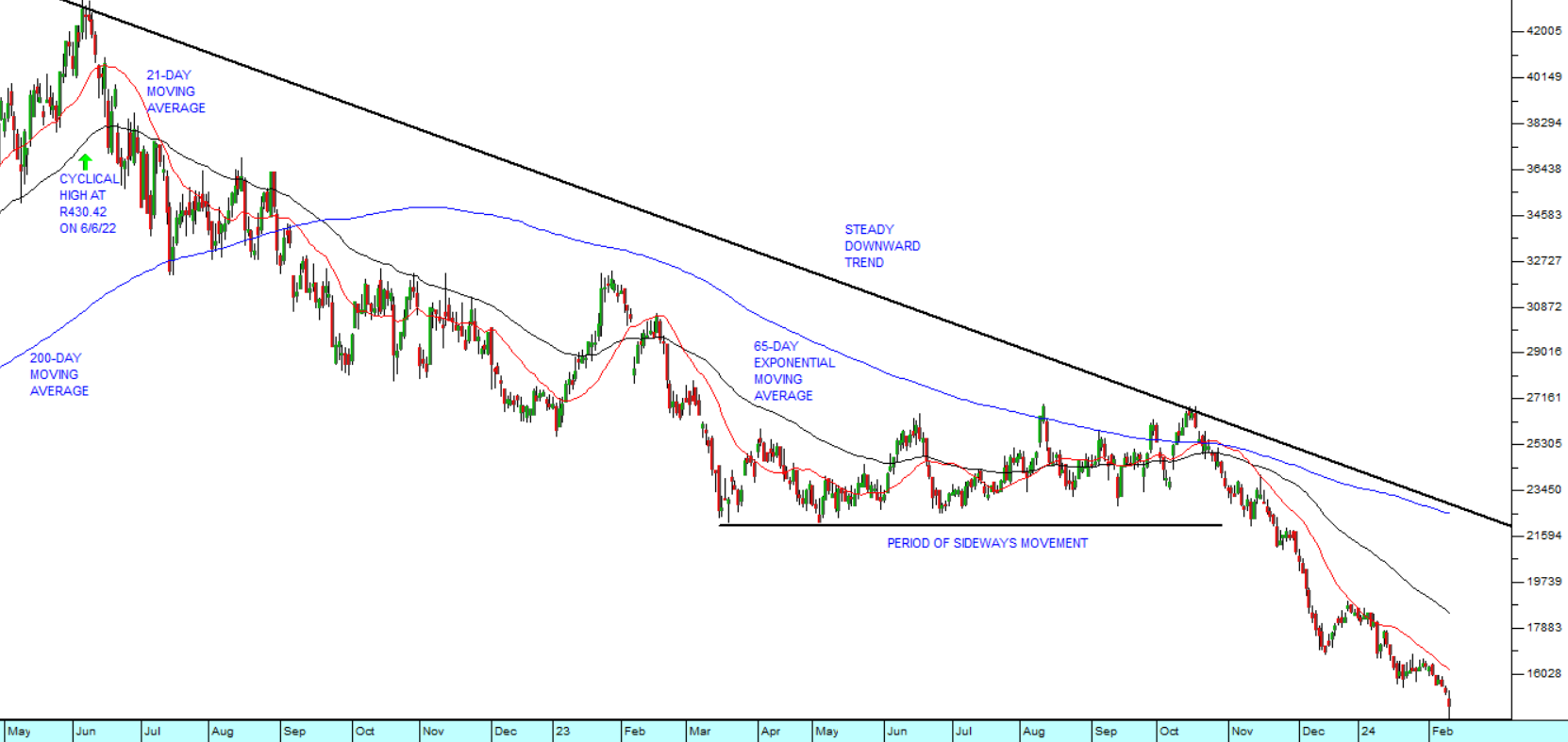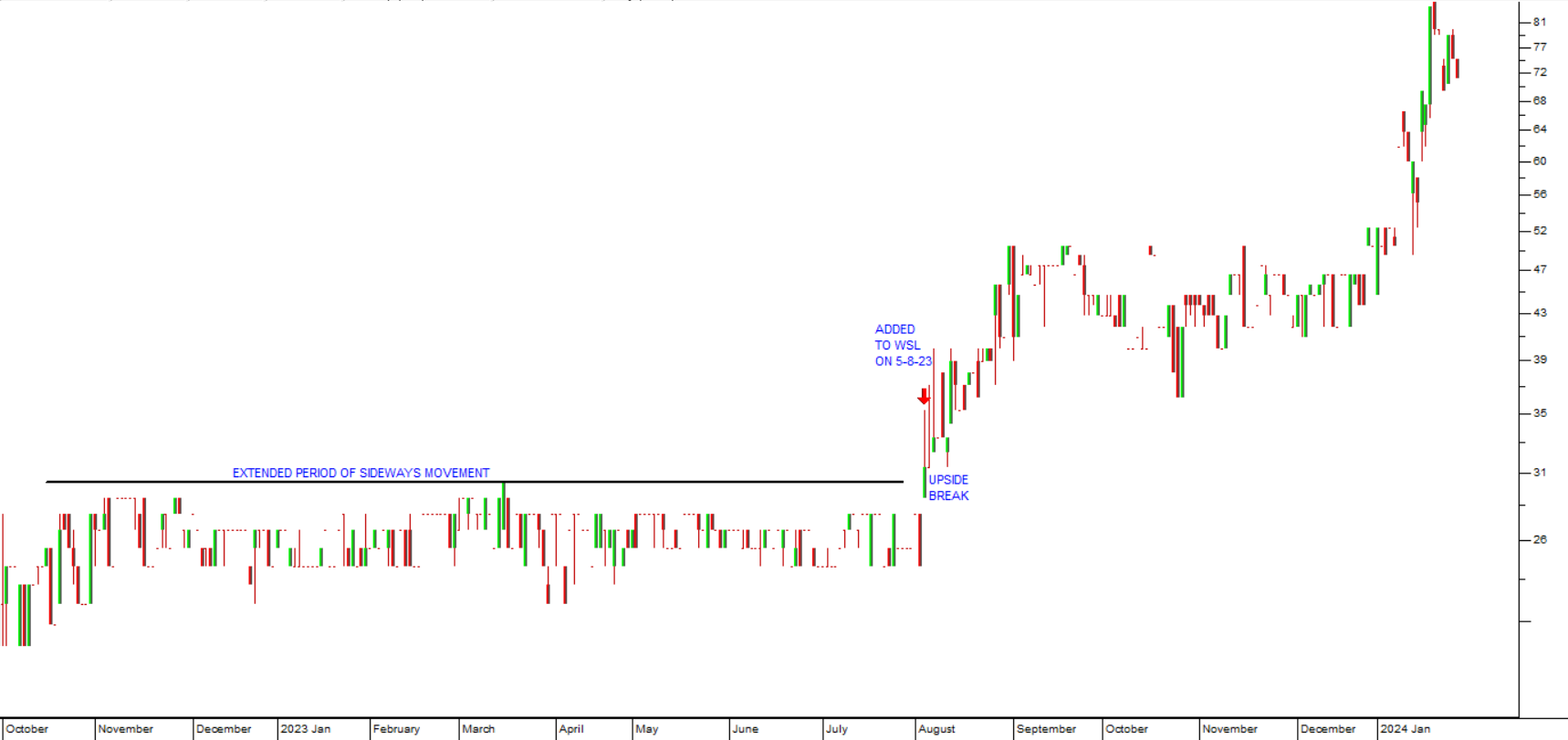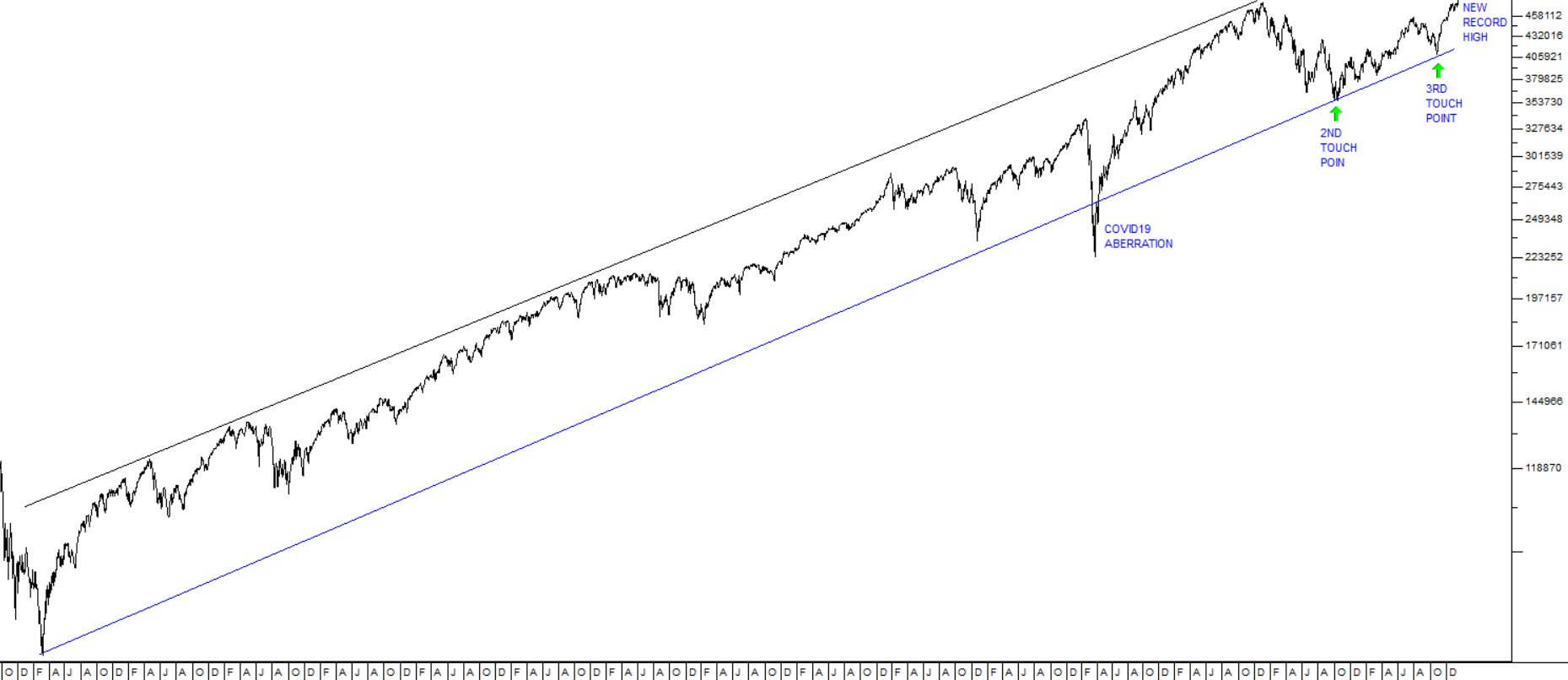Your Stop Loss Strategy
12 May 2016 By PDSNETThe idea is very simple. Once you have decided to buy a certain share, you should mark off a price, say, 10% below your purchase price, which will be your stop-loss level (for example, if you intend to buy a share at 1000 cents, set your stop-loss at 900 cents). If instead of going up as you expected, the share goes down, then, when it reaches the stop-loss price, you must sell it, because clearly your original decision to buy was wrong at least in its timing, if not in both timing and selection. You must acknowledge your mistake by selling the share. In this way you limit the amount you can lose from any particular investment decision. Consider this well-known share market saying: "If what you expect to happen does not happen, then you are always better off selling sooner rather than later".
On the other hand, suppose the share goes up, as you expected. Then you should keep yourstop-loss level 10% below the current market price (for example, if it rises to 1500 cents, then your stop-loss level rises to 1350 cents and so on). The only rule is that you cannot move your stop-loss evel down. So stop-loss works like a ratchet that can only go up, but cannot come down. In this way, you will allow your profits to run, while limiting your losses. To establish how big your stop-loss percentage should be, simply ask yourself:
"How much am I prepared to lose"?
If you are not prepared to lose anything, then you should not be in the stock market. Equity shares are a risk investment and this means that there is always the possibility of a capital loss. Equity investors are prepared to take this risk because the potential returns are far better than in any other investment medium. In general terms, a short-term or trading portfolio might have a stop-loss percentage of 7% to 10% while a medium term portfolio might be 15% and a long-term portfolio as much as 25%. But it definitely does not make sense to lose 50% of any investment ever. If you lose 50%, then you will have to make 100% in order to return the investment to its starting value. This is the logic behind setting a definite limit on how much you are prepared to lose before you buy the shares . Once you have bought the share you will find that you are not well-positioned psychologically to establish a stop-loss level. A stop-loss strategy helps you to achieve the correct mental posture to minimise losses. Mental posture begins with the value that you place on your investment in your own mind. Most people value their shares at their market price or at their cost. In other words, if they hold 1000 shares which are trading for R10 each, they say to themselves that they have an investment which is worth R10 000. Alternatively, they say (if they are conservative, like accountants) that, considering that they paid R8 each for the shares, then their investment is worth what it cost, R8 000 regardless of the current price. The problem with both of these approaches is that they effectively place no limit on how much you could lose and they actively prevent you from selling when you should. In our example, when the share falls to R6, you will be unwilling to sell it. This is because no one sells something for R6 that he/she thinks is worth R8 or R10. As a general principle, once a share has fallen below the value which you place on it, strong mental habits will intervene to prevent you from selling, almost irrespective of how low the share falls. In fact, the further it falls the less likely you are to sell it! You will become a supporter of the oldest and most damaging investor fallacy when you say to yourself,
"I have not lost the money until I sell the shares", or alternatively,
"I cannot sell the shares because I will take a loss".
The reality is, of course, that you have already incurred the loss what you are still afraid to do is to admit it. This fear is entirely natural, but it interferes drastically with your decision-making process. Your decision to hold or sell is now dominated by the price which you paid for the share, three months ago, which is completely and entirely irrelevant! You can test your objectivity by asking yourself whether your feelings would be the same if you were in profit on the transaction (for example, if you had made a 25% gain rather than a loss). Once you have established your stop-loss percentage, you should therefore begin valuing your shares at their stop-loss value instead of their market value or their cost. In other words, when you are trying to determine how much your investment is worth, don't use the market prices, adjust them down to your stop-loss levels and you will have a value which you can rely on, because this is the level at which you have made a firm strategic decision to sell. Take the loss when you buy, not when you sell. If you do this you will find it much easier to sell when your shares reach their stop levels. Of course, this approach means that when you buy a share you must immediately take a 10% loss (in your head) to bring it down to stop-loss level. So, the very act of buying a share becomes the act of taking a 10% (or whatever your stop loss percentage is) loss! At first sight, this might sound a bit harsh, but remember, you have moved from cash (an asset with no short-term risk) to shares (a risk investment) and we recommend that you pay for this risk in advance by immediately down-valuing your purchased shares to their stop-loss levels. This has the added benefit that it will make you very, very careful about what you buy. Try to get into the habit of setting and maintaining a daily stop-loss level for each of the shares that you hold or buy. You will save yourself a fortune!
Being successful in the share market is not so much a question of making money as it is of not losing it!
DISCLAIMER
All information and data contained within the PDSnet Articles is for informational purposes only. PDSnet makes no representations as to the accuracy, completeness, suitability, or validity, of any information, and shall not be liable for any errors, omissions, or any losses, injuries, or damages arising from its display or use. Information in the PDSnet Articles are based on the author’s opinion and experience and should not be considered professional financial investment advice. The ideas and strategies should never be used without first assessing your own personal and financial situation, or without consulting a financial professional. Thoughts and opinions will also change from time to time as more information is accumulated. PDSnet reserves the right to delete any comment or opinion for any reason.
Share this article:


